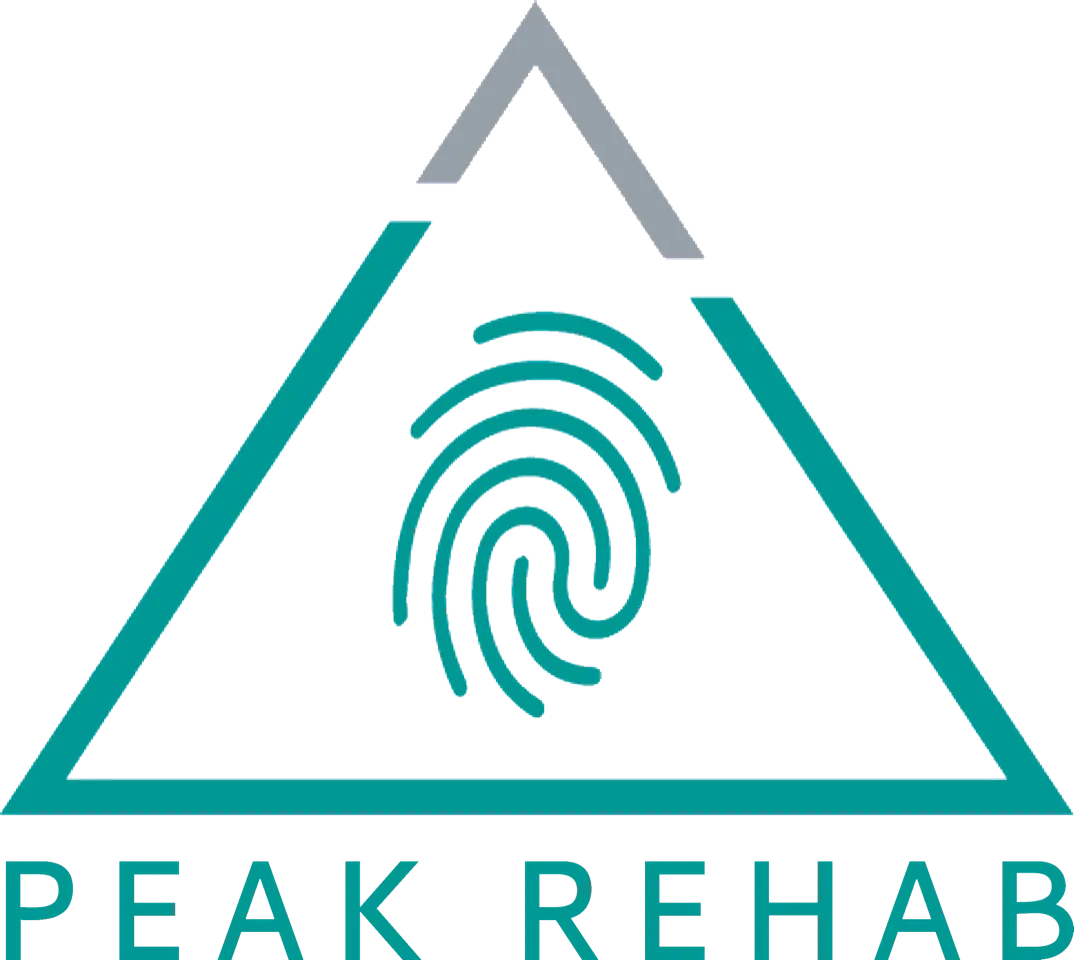5 best treatments for knee injuries
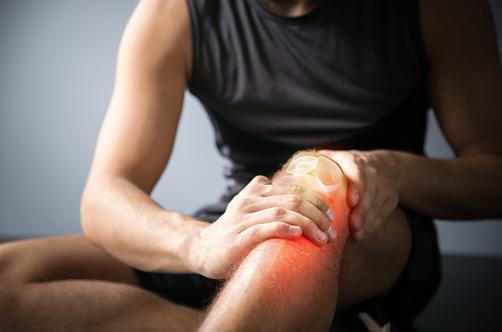
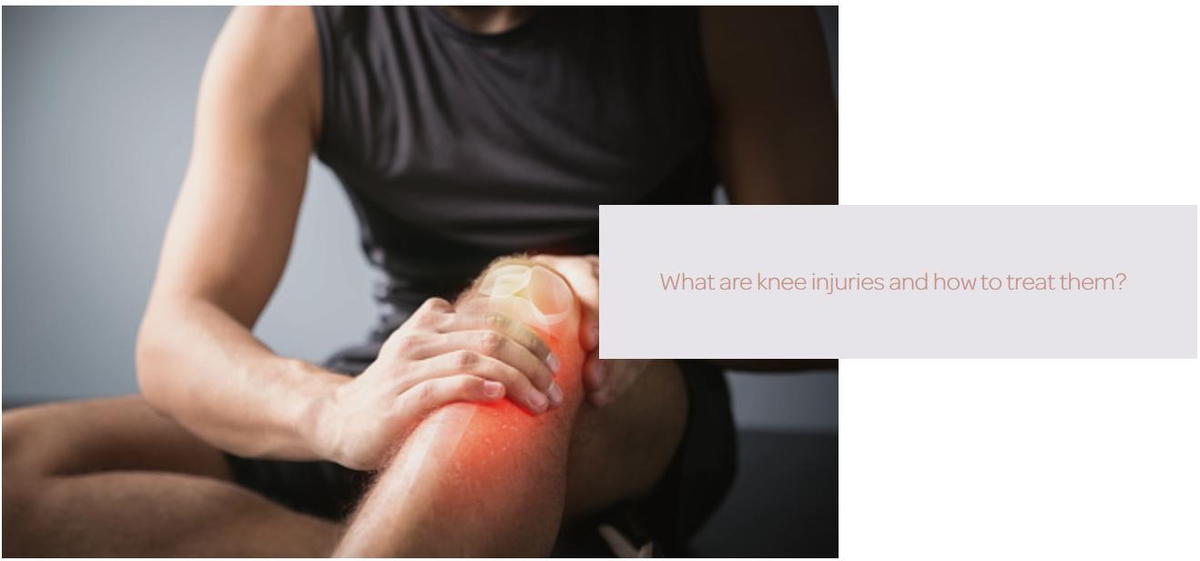
Knee injuries are one of the most common injuries that people suffer from in their day to day life, whether they are active or not. The knee is the most weight bearing joint in the body and takes on a lot of our bodies daily stressors.
There are several common knee injuries that can occur, including:
ACL (anterior cruciate ligament) tear or strain: This injury occurs when the ACL, which helps stabilize the knee joint, is torn or strained. It often occurs during sports activities or other physical activities that involve sudden stops, twists or turns.
Meniscus tear: The meniscus is a C-shaped piece of cartilage that cushions the knee joint. A meniscus tear can occur from a sudden twist or turn, or as a result of wear and tear over time.
Patellar tendinitis: This is an overuse injury that results from repetitive activities that involve jumping or running, causing the tendon that connects the kneecap to the shinbone to become inflamed.
Patellofemoral syndrome: This condition is characterized by pain in the front of the knee, and is often caused by overuse or a misalignment of the kneecap.
IT band syndrome: The iliotibial band (IT band) is a thick band of tissue that runs along the outside of the thigh, and can become inflamed and painful when overused.
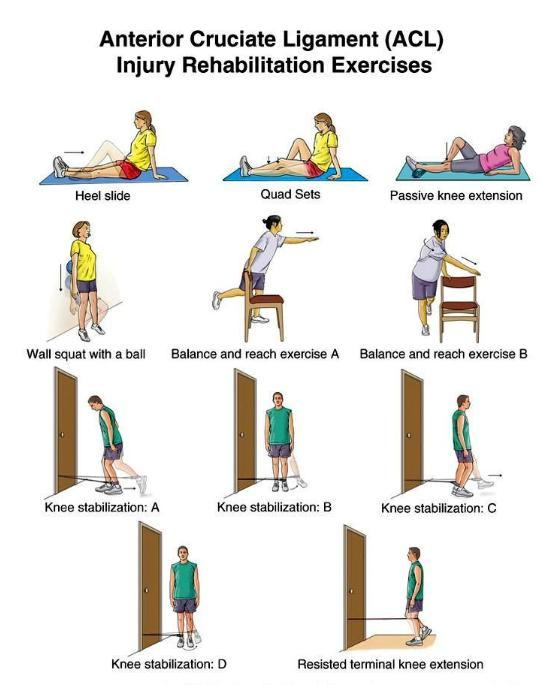
Physiotherapy can be effective in treating knee injuries, and may include the following approaches:
Strengthening exercises: Physiotherapists may prescribe exercises to strengthen the muscles around the knee joint, including the quadriceps and hamstrings.
Range-of-motion exercises: These exercises help to improve flexibility and range of motion in the knee joint.
Manual therapy: This involves hands-on techniques, such as massage or joint mobilization, to improve knee joint mobility and reduce pain.
Modalities: Physiotherapists may use various modalities such as ice, heat, ultrasound, or electrical stimulation to decrease inflammation and pain.
Functional training: This involves exercises that simulate the activities that are causing the injury, in order to help patients regain their ability to perform these activities.
Education: Physiotherapists can provide education on proper body mechanics, injury prevention, and self-management techniques, to help patients better manage their symptoms and reduce the risk of re-injury.
It's important to note that the specific approach to physiotherapy will depend on the individual patient and their specific injury, and a physiotherapist will tailor the treatment plan to best address the patient's needs.>
Bracing can be an effective tool in helping to manage knee injuries. Knee braces are designed to provide support and stability to the knee joint, and can help to reduce pain and inflammation, improve joint function, and prevent further injury.
There are several types of knee braces that may be used for different knee injuries, including:
Prophylactic braces: These braces are designed to prevent injuries, and are often worn by athletes or others who engage in high-risk activities that put the knee at risk for injury.
Functional braces: These braces are designed to provide support and stability to the knee joint, and are often used to manage knee injuries such as ACL tears or strains.
Rehabilitative braces: These braces are designed to limit knee joint movement and protect the knee during the early stages of injury recovery, when the knee may be too weak or unstable to bear weight.
Unloader braces: These braces are designed to reduce the pressure on the knee joint, and are often used to manage knee conditions such as arthritis or meniscus tears.
The specific type of brace used will depend on the patient's individual injury and the goals of treatment. Bracing can be used in combination with other treatments such as physiotherapy, medication, or surgery, to help manage knee injuries.
It's important to note that while knee braces can be effective in helping to manage knee injuries, they are not a substitute for proper medical care and treatment. Patients should always consult with a healthcare professional to determine the best course of treatment for their specific injury.
The main difference between a custom made knee brace and an off-the-shelf knee brace is that a custom brace is made specifically for the individual patient, while an off-the-shelf brace is designed to fit a wide range of patients with similar knee injuries.
Custom made knee braces are designed based on precise measurements of the patient's knee joint, and are typically made of more durable and higher-quality materials. They are also designed to provide more targeted support and protection to the specific areas of the knee joint that are injured. Custom knee braces are often recommended for patients with more complex knee injuries, such as ACL tears or severe osteoarthritis, where a high level of support and protection is needed. They may also be recommended for patients who have a hard time finding an off-the-shelf brace that fits properly, due to their unique anatomy or the nature of their injury.
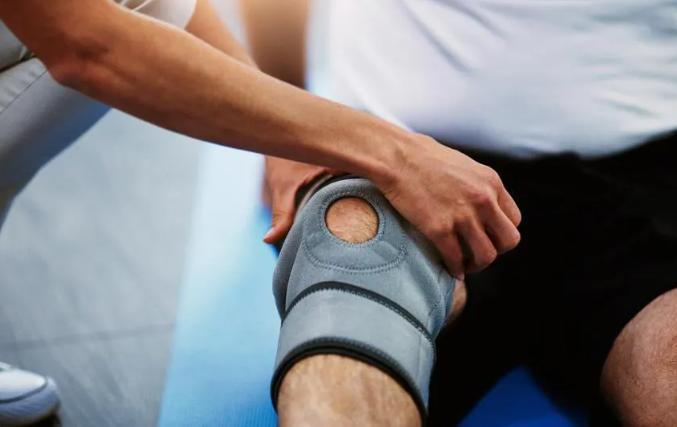
Off-the-shelf knee braces, on the other hand, are pre-made and come in a variety of sizes and designs. They are typically less expensive than custom braces and can be purchased without a prescription. While off-the-shelf braces may provide some support and protection, they may not fit as well as a custom brace, and may not provide the same level of targeted support to the injured area of the knee joint. Off-the-shelf braces may be recommended for patients with milder knee injuries, such as mild sprains or strains, or for patients who need a brace for general knee support during physical activity.
Ultimately, the decision to use a custom or off-the-shelf knee brace will depend on the patient's individual needs and the nature of their knee injury. A healthcare professional can help determine which type of brace is best for the patient's specific injury and level of activity.
Here at Peak Rehab in Brampton we have several bracing options. Call us at 647 716-3772 for any queries and concerns.


Knee injuries are one of the most common injuries that people suffer from in their day to day life, whether they are active or not. The knee is the most weight bearing joint in the body and takes on a lot of our bodies daily stressors.
There are several common knee injuries that can occur, including:
ACL (anterior cruciate ligament) tear or strain: This injury occurs when the ACL, which helps stabilize the knee joint, is torn or strained. It often occurs during sports activities or other physical activities that involve sudden stops, twists or turns.
Meniscus tear: The meniscus is a C-shaped piece of cartilage that cushions the knee joint. A meniscus tear can occur from a sudden twist or turn, or as a result of wear and tear over time.
Patellar tendinitis: This is an overuse injury that results from repetitive activities that involve jumping or running, causing the tendon that connects the kneecap to the shinbone to become inflamed.
Patellofemoral syndrome: This condition is characterized by pain in the front of the knee, and is often caused by overuse or a misalignment of the kneecap.
IT band syndrome: The iliotibial band (IT band) is a thick band of tissue that runs along the outside of the thigh, and can become inflamed and painful when overused.

Physiotherapy can be effective in treating knee injuries, and may include the following approaches:
Strengthening exercises: Physiotherapists may prescribe exercises to strengthen the muscles around the knee joint, including the quadriceps and hamstrings.
Range-of-motion exercises: These exercises help to improve flexibility and range of motion in the knee joint.
Manual therapy: This involves hands-on techniques, such as massage or joint mobilization, to improve knee joint mobility and reduce pain.
Modalities: Physiotherapists may use various modalities such as ice, heat, ultrasound, or electrical stimulation to decrease inflammation and pain.
Functional training: This involves exercises that simulate the activities that are causing the injury, in order to help patients regain their ability to perform these activities.
Education: Physiotherapists can provide education on proper body mechanics, injury prevention, and self-management techniques, to help patients better manage their symptoms and reduce the risk of re-injury.
It's important to note that the specific approach to physiotherapy will depend on the individual patient and their specific injury, and a physiotherapist will tailor the treatment plan to best address the patient's needs.>
Bracing can be an effective tool in helping to manage knee injuries. Knee braces are designed to provide support and stability to the knee joint, and can help to reduce pain and inflammation, improve joint function, and prevent further injury.
There are several types of knee braces that may be used for different knee injuries, including:
Prophylactic braces: These braces are designed to prevent injuries, and are often worn by athletes or others who engage in high-risk activities that put the knee at risk for injury.
Functional braces: These braces are designed to provide support and stability to the knee joint, and are often used to manage knee injuries such as ACL tears or strains.
Rehabilitative braces: These braces are designed to limit knee joint movement and protect the knee during the early stages of injury recovery, when the knee may be too weak or unstable to bear weight.
Unloader braces: These braces are designed to reduce the pressure on the knee joint, and are often used to manage knee conditions such as arthritis or meniscus tears.
The specific type of brace used will depend on the patient's individual injury and the goals of treatment. Bracing can be used in combination with other treatments such as physiotherapy, medication, or surgery, to help manage knee injuries.
It's important to note that while knee braces can be effective in helping to manage knee injuries, they are not a substitute for proper medical care and treatment. Patients should always consult with a healthcare professional to determine the best course of treatment for their specific injury.
The main difference between a custom made knee brace and an off-the-shelf knee brace is that a custom brace is made specifically for the individual patient, while an off-the-shelf brace is designed to fit a wide range of patients with similar knee injuries.
Custom made knee braces are designed based on precise measurements of the patient's knee joint, and are typically made of more durable and higher-quality materials. They are also designed to provide more targeted support and protection to the specific areas of the knee joint that are injured. Custom knee braces are often recommended for patients with more complex knee injuries, such as ACL tears or severe osteoarthritis, where a high level of support and protection is needed. They may also be recommended for patients who have a hard time finding an off-the-shelf brace that fits properly, due to their unique anatomy or the nature of their injury.

Off-the-shelf knee braces, on the other hand, are pre-made and come in a variety of sizes and designs. They are typically less expensive than custom braces and can be purchased without a prescription. While off-the-shelf braces may provide some support and protection, they may not fit as well as a custom brace, and may not provide the same level of targeted support to the injured area of the knee joint. Off-the-shelf braces may be recommended for patients with milder knee injuries, such as mild sprains or strains, or for patients who need a brace for general knee support during physical activity.
Ultimately, the decision to use a custom or off-the-shelf knee brace will depend on the patient's individual needs and the nature of their knee injury. A healthcare professional can help determine which type of brace is best for the patient's specific injury and level of activity.
Here at Peak Rehab in Brampton we have several bracing options. Call us at 647 716-3772 for any queries and concerns.
Visit our Office
Peak Rehab
2 Kennedy Rd S Suite #4A
Brampton, ON L6W 3E1, Canada
